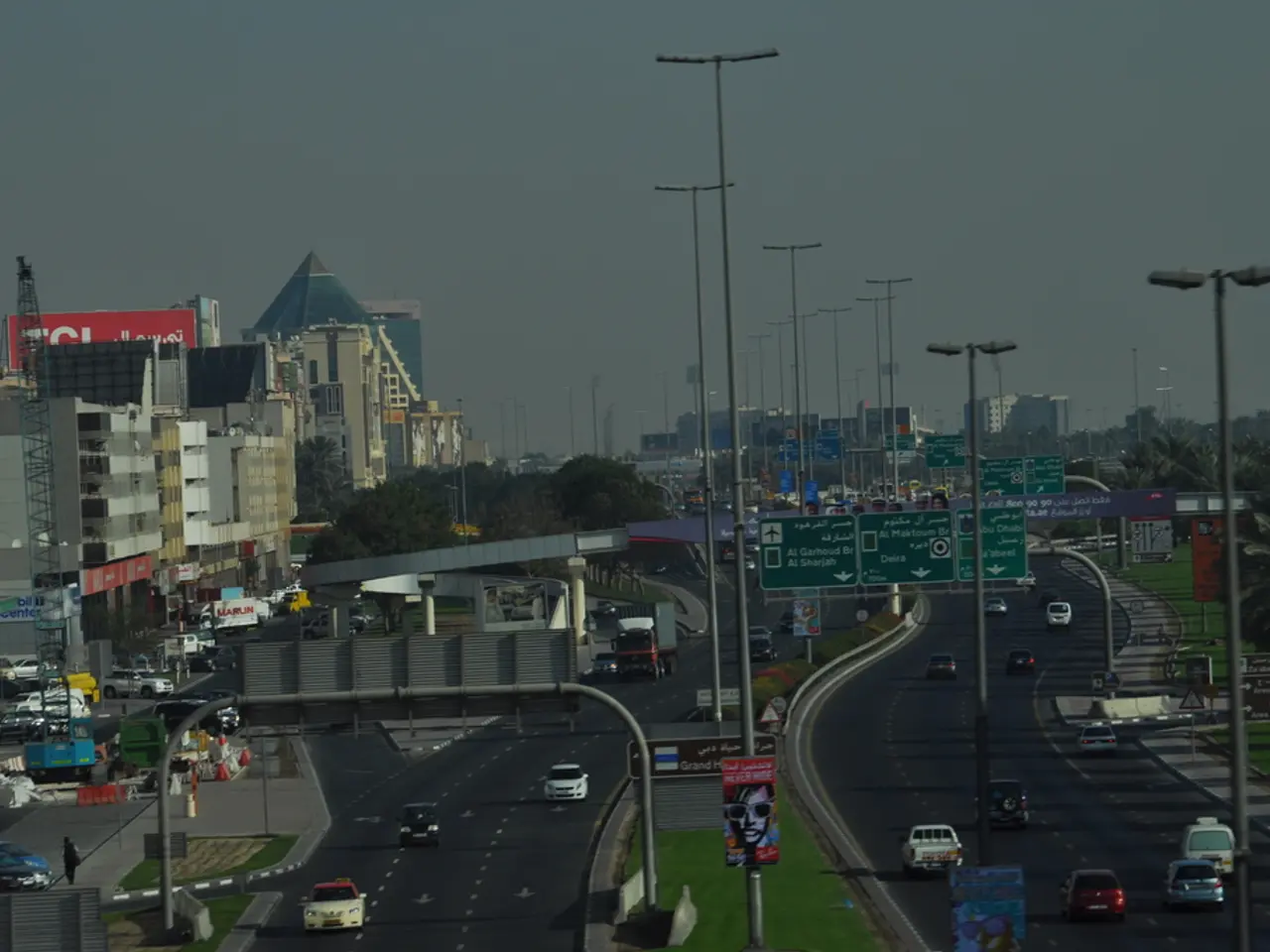Smart City Infrastructure, Constant Monitoring, and Artificial Intelligence Applications: City Combat in the Era of Connected Urban Spaces
In the rapidly evolving urban landscapes of the Global South, the integration of digital technologies has profoundly reshaped emerging battlefields. Traditional assumptions about urban anonymity and concealment are being challenged as cities become more sensor-rich, data-driven, and AI-monitored.
Smart city technologies, equipped with networked sensors, AI-powered analytics, and pervasive surveillance, have eroded the historic assumption that urban environments naturally provide anonymity and hide troop movements. Actions once considered low-signature, such as moving in a crowd or driving an unmarked vehicle, might now trigger alerts if AI analytics notice irregular patterns. For instance, AI trajectory models can forecast suspicious activities and enable security forces to lock down sectors or deploy combat assets ahead of an anticipated attack.
The widespread digital connectivity, especially smartphones, has empowered civilian populations to act as digital informants, transmitting real-time photos, videos, and geolocation data to opposing forces. This new form of civilian participation in conflict introduces near-instantaneous intelligence flows from within contested urban spaces, allowing armed forces to conduct more precise, informed operations.
In the Global South, these trends are amplified by strategic technological partnerships and localized technological advances. China's emphasis on integrating cyberspace, AI, and informatization into military and civilian sectors facilitates modernization of urban warfare capabilities in partner countries. The rise of smart factories, AI, and the Internet of Things (IoT) technologies also supports advanced logistics and command and control within urban operational theaters.
However, this techno-integration is a double-edged sword. While it can enhance resilience and operational readiness, it also creates new cyber vulnerabilities that adversaries can exploit, such as attacks on critical infrastructure or misinformation campaigns.
The increasing adoption of data-driven urban technologies reshapes how cities operate. For example, Santiago, Chile, is home to the largest smart fleet of electric buses outside of China. India's national Smart Cities Mission has funded 8,067 projects across one hundred designated cities. Over one thousand active smart city projects were underway worldwide by 2023.
Each city has its approach to digitalization, and it is probably impossible to unify every city's digitalization process. The integration of smart technologies plays out notably differently in each city, with variations in budget and sensor network combinations. In some authoritarian smart cities where the population is bio-tagged and tracked, outsiders may stand out immediately. Brand-new smart lampposts may sit next to decades-old traffic lights that still run on isolated controllers, creating digital blind spots where data drops out or systems cannot talk to one another.
To navigate these complexities, military planners can optimally map and test these blind spots through digital-shadow models, which are virtual replicas of the city, even when the shadow is incomplete. These models can help in predicting potential vulnerabilities and devising strategies to mitigate risks in urban conflict scenarios.
In conclusion, the transformation of urban battlefields in the Global South is a dynamic and evolving process. As cities become more sensor-rich, data-driven, and AI-monitored, forces must adapt their tactics to integrate cyber, AI, and population-centric intelligence for operational success. The challenges posed by new vulnerabilities and the need for adaptive strategies call for a nuanced understanding of the unique digital landscapes of each city.
- In the future, drones could be integral to urban warfare, as they provide low-cost, unmanned platforms for reconnaissance and precision strikes.
- The manufacturing industry, with advancements in AI and the IoT, plays a significant role in producing smart city infrastructure, including drones for military purposes.
- Cybersecurity is crucial in urban warfare scenarios, as adversaries might exploit vulnerabilities in data-and-cloud-computing systems to steal sensitive military intelligence.
- Sports-analysis technology can be adapted for military use, as both fields rely on data collection and AI-powered predictions to improve performance.
- Finance can also play a role in urban warfare, as strategic investments in technology companies could provide a competitive edge in the development of advanced military technology.
- As urban battlefields become more sensor-rich and data-driven, there is a need for AI-powered analytics to sift through vast amounts of data and identify patterns that might suggest suspicious activities.
- Despite the potential for AI technology to enhance urban warfare capabilities, it is important to ensure that these advances are used ethically and with regard for the security and privacy of civilians.




